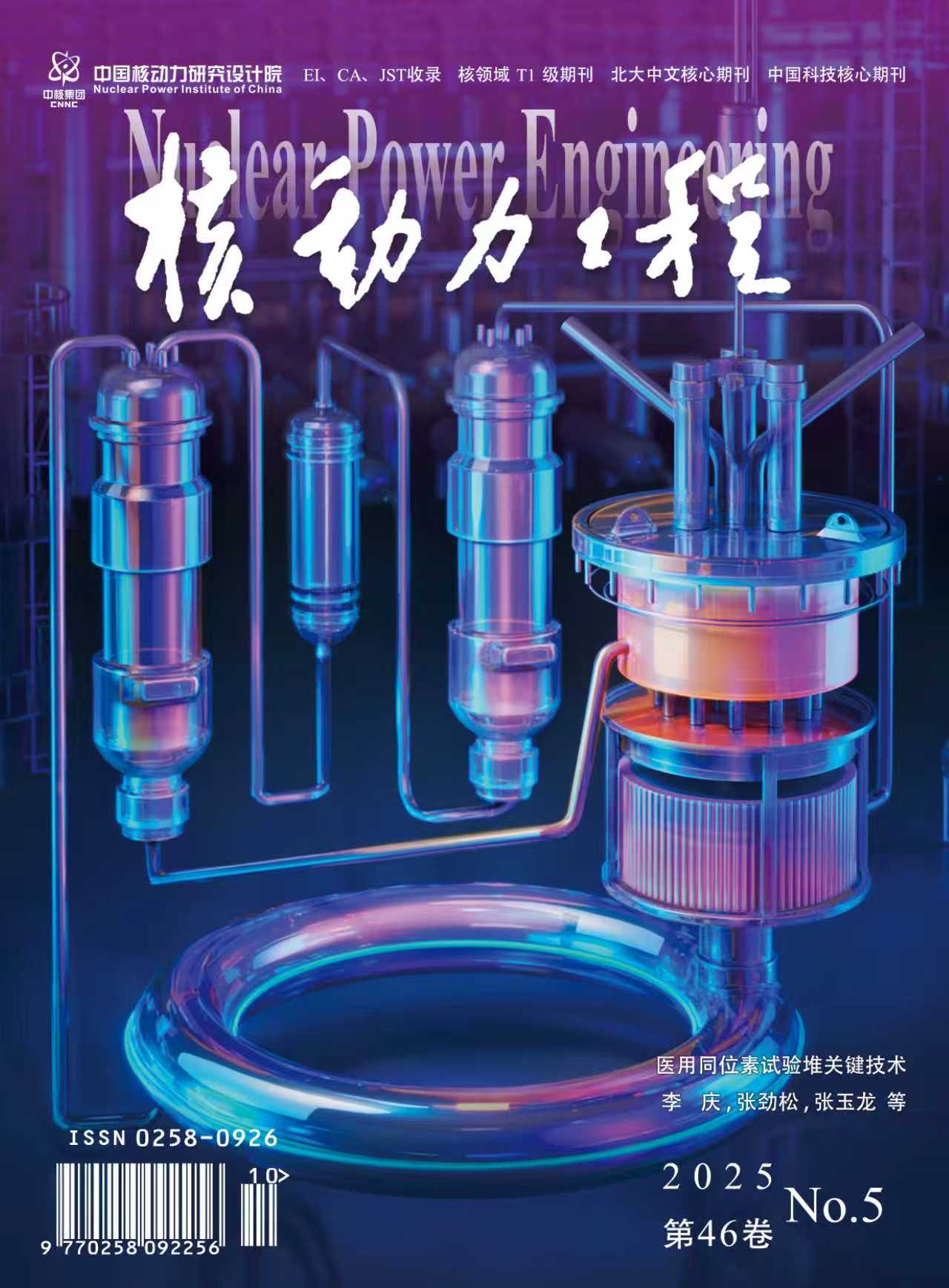2009 Vol. 30, No. S2
Display Method:
2009, 30(S2): 1-5.
Abstract:
2009, 30(S2): 6-10.
Abstract:
2009, 30(S2): 11-14,67.
Abstract:
2009, 30(S2): 15-18,74.
Abstract:
2009, 30(S2): 19-22.
Abstract:
2009, 30(S2): 23-25.
Abstract:
2009, 30(S2): 26-30.
Abstract:
2009, 30(S2): 31-34.
Abstract:
2009, 30(S2): 35-38.
Abstract:
2009, 30(S2): 39-44.
Abstract:
2009, 30(S2): 45-48.
Abstract:
Implementation of Nuclear Power Plant Simulation in Start-up Commissioning of Reactor Control System
2009, 30(S2): 49-53,59.
Abstract:
2009, 30(S2): 54-59.
Abstract:
2009, 30(S2): 60-62.
Abstract:
2009, 30(S2): 63-67.
Abstract:
2009, 30(S2): 68-74.
Abstract:
2009, 30(S2): 75-78,87.
Abstract:
2009, 30(S2): 79-83,99.
Abstract:
2009, 30(S2): 84-87.
Abstract:
2009, 30(S2): 92-99.
Abstract:
2009, 30(S2): 100-104.
Abstract:
2009, 30(S2): 105-108.
Abstract:



